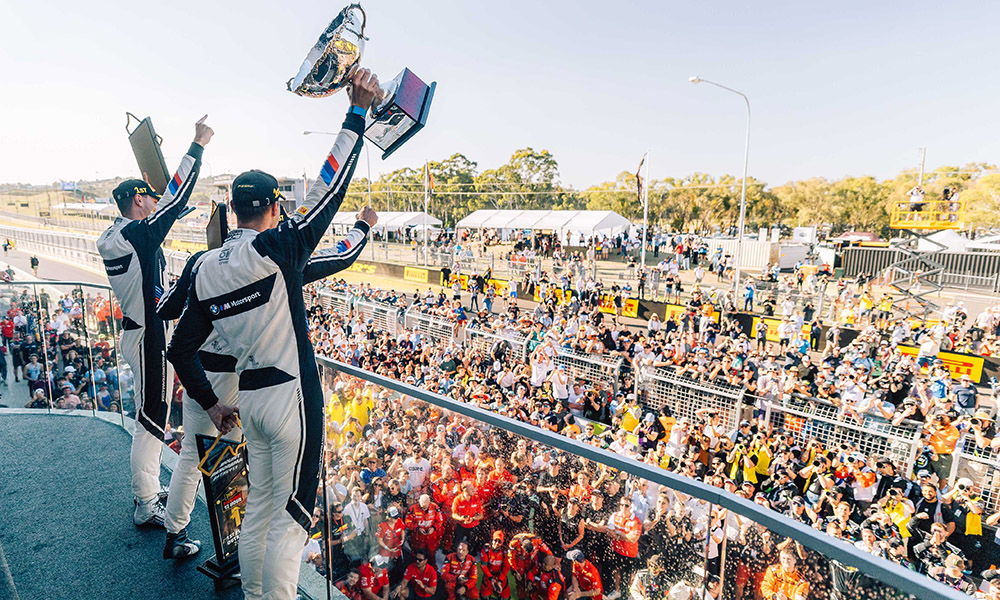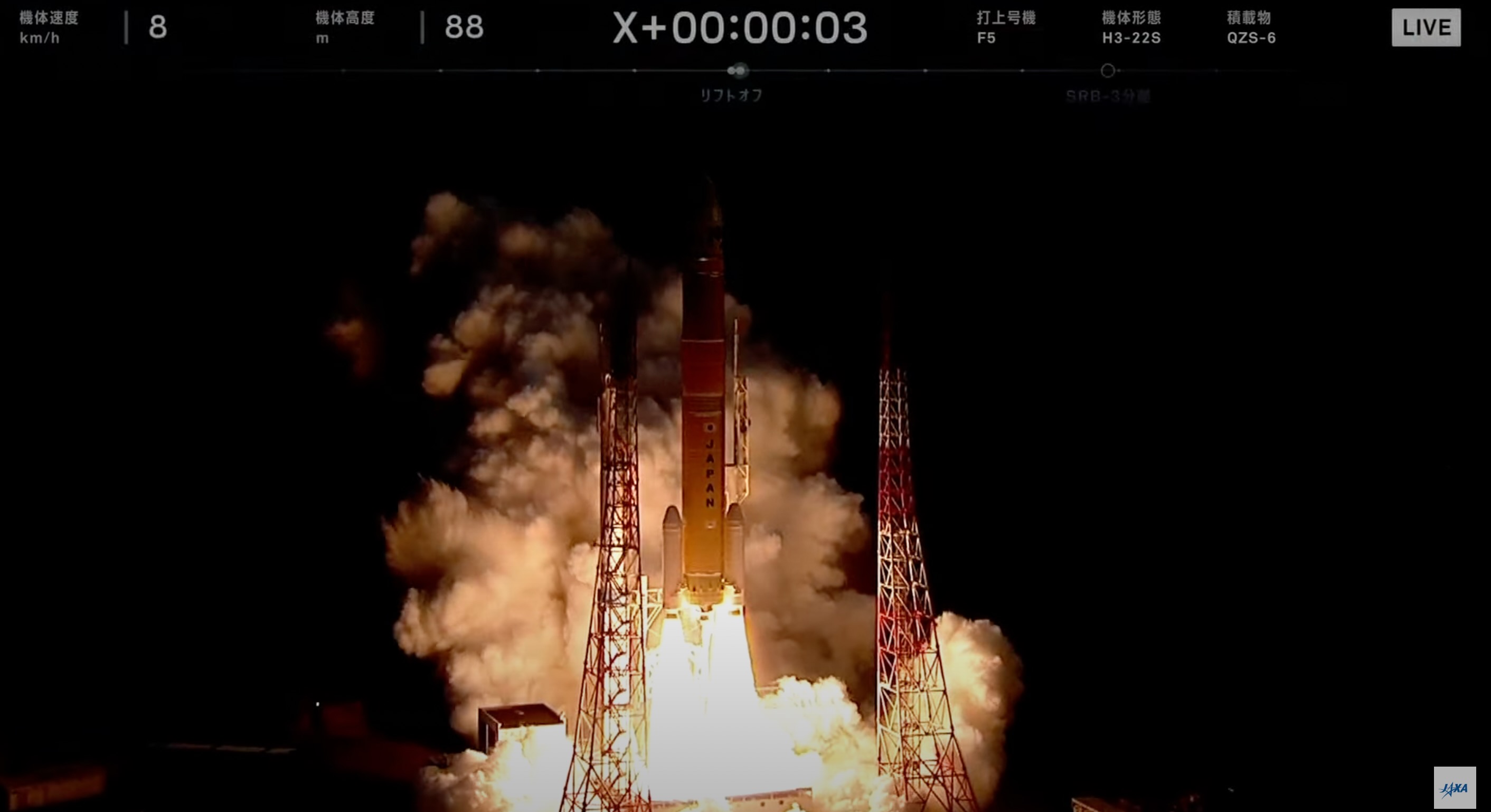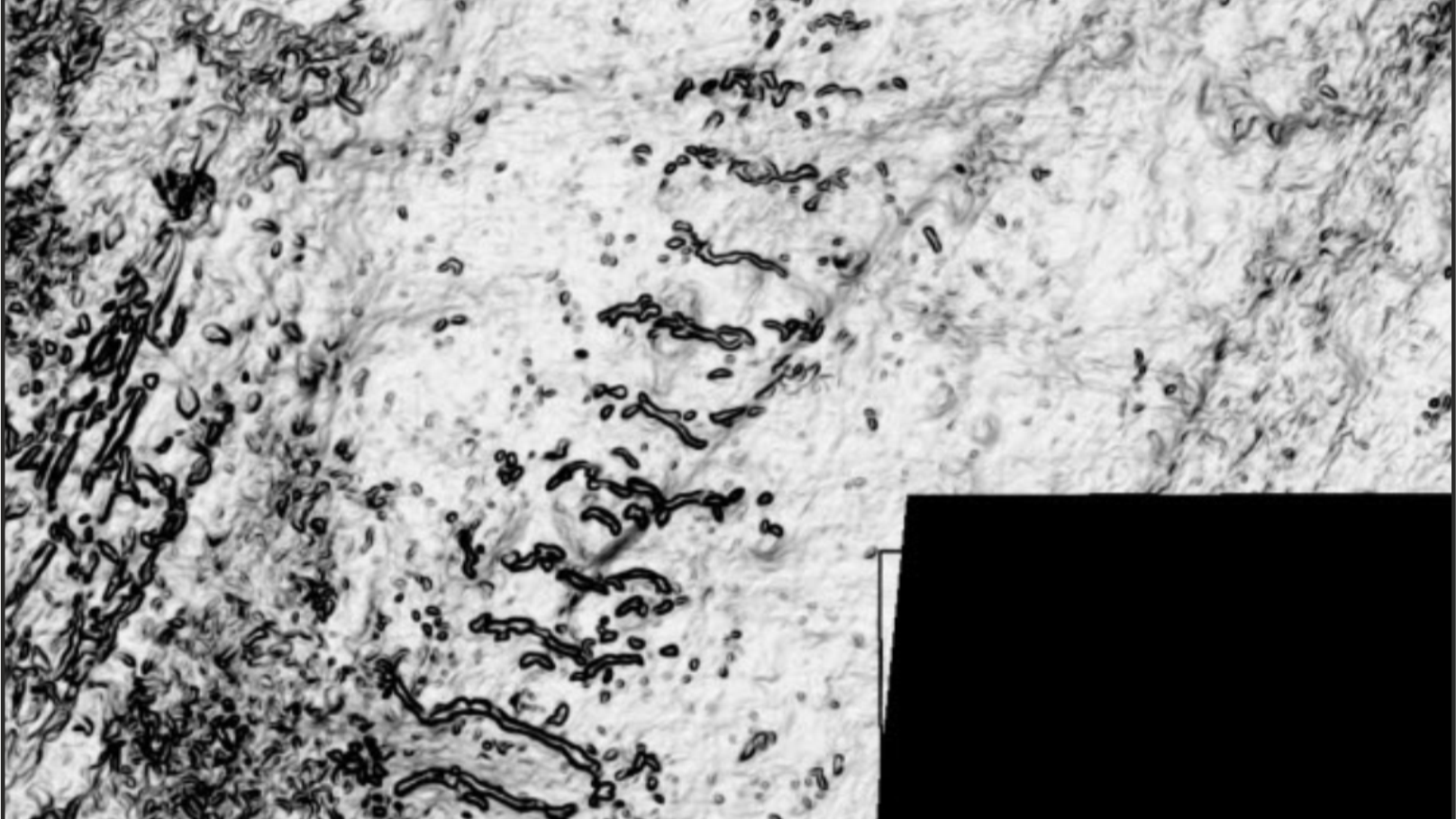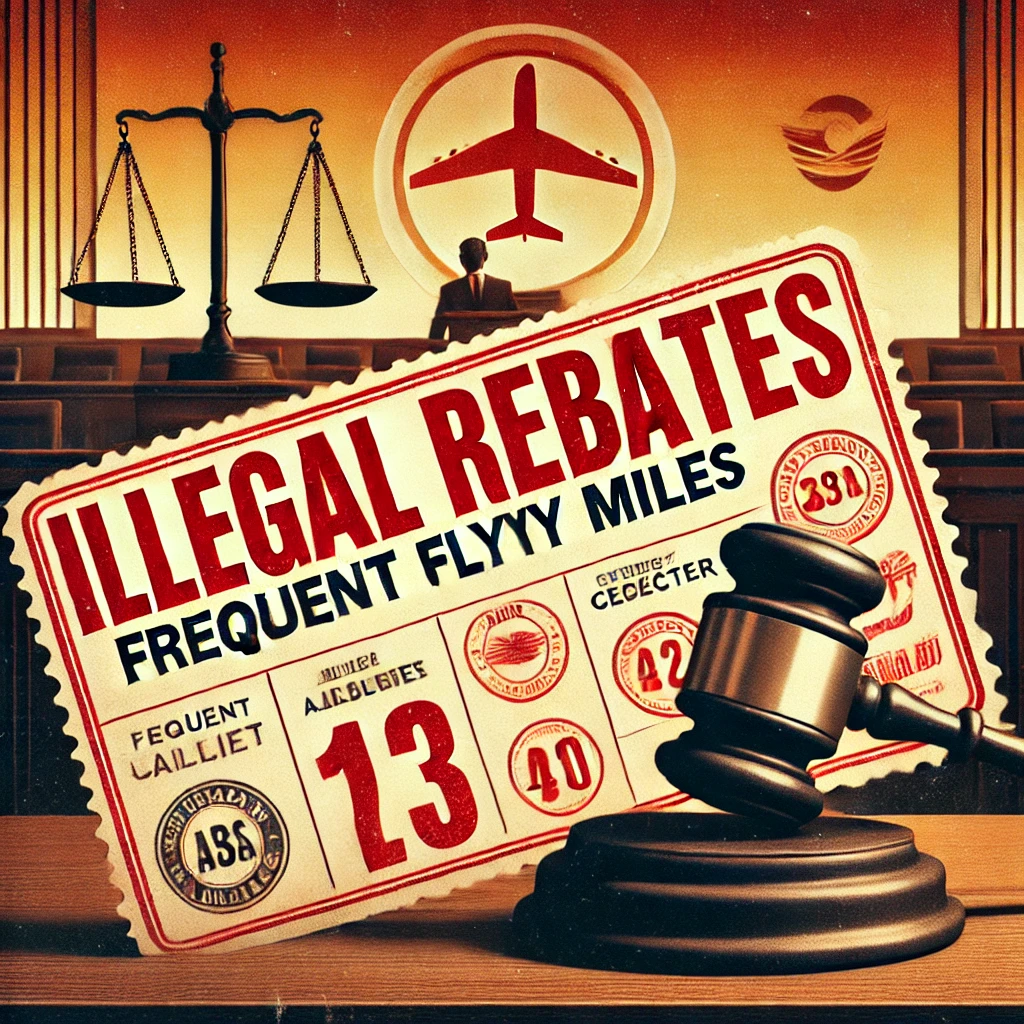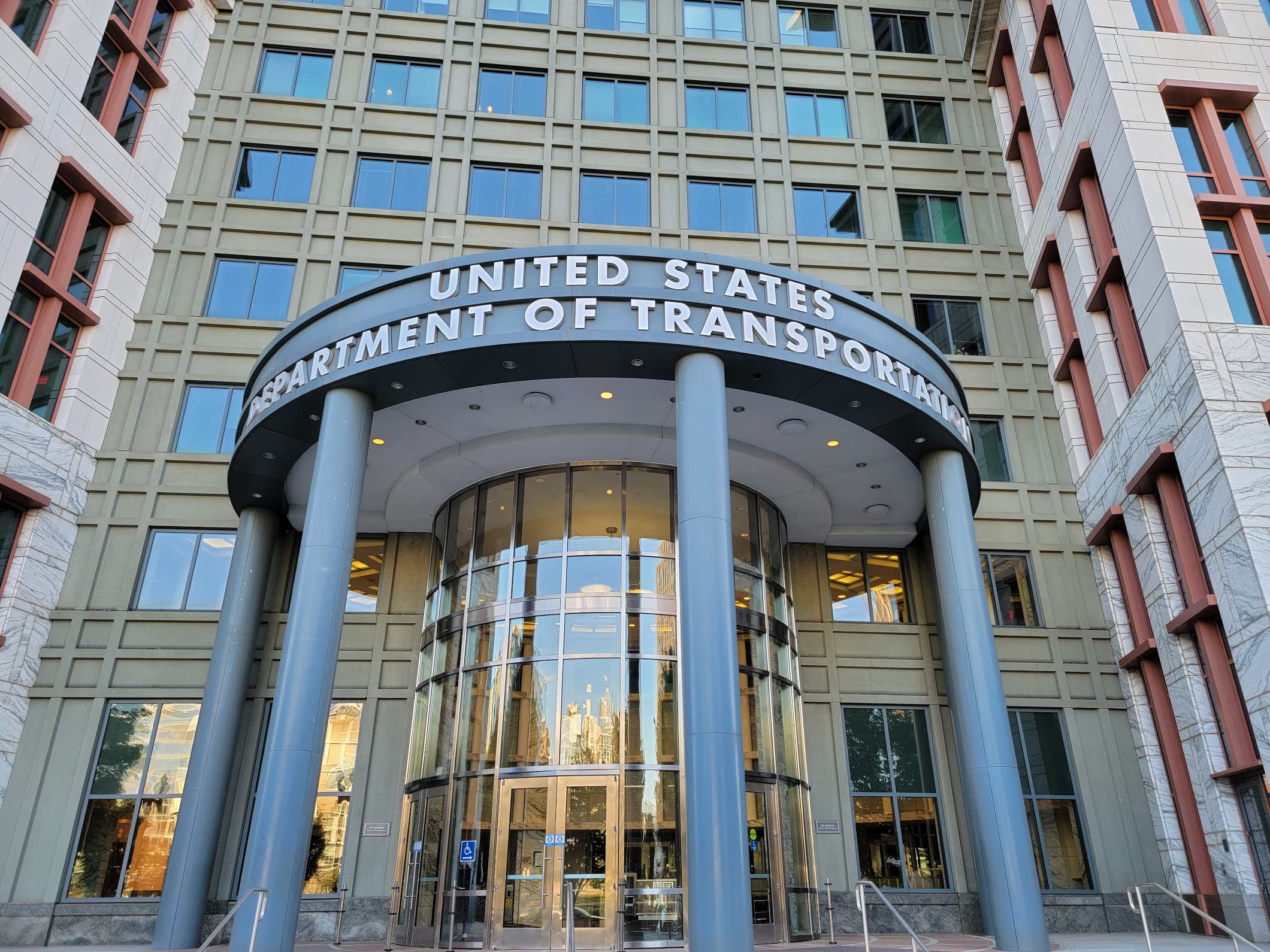Abandoned History: Tariffs, Toyota, and the 1984 Motor Industry Development Plan (Part I)
Picture it, 1984. The world is filled with Malaise era automobiles, neon colors, and a hot new TV show called Miami Vice just debuted on NBC. The Australian automotive market is in turmoil, suffering from inefficiency, oversupply, import restrictions, and tariffs of around 60 percent. What’s a government to do? Force every manufacturer’s hand, that’s what!


Picture it, 1984. The world is filled with Malaise era automobiles, neon colors, and a hot new TV show called Miami Vice just debuted on NBC. The Australian automotive market is in turmoil, suffering from inefficiency, oversupply, import restrictions, and tariffs of around 60 percent. What’s a government to do? Force every manufacturer’s hand, that’s what!

Australia got itself into a troublesome situation by the 1980s with regard to its automobile industry. Domestic manufacturing was messy and inefficient but employed a large number of people. Over the preceding decades the government had responded to market changes with what seemed like a great solution: protectionism.
There were import quotas on foreign cars that capped how many cars could come into the country. The government had also increased tariffs over time, reaching their height at the turn of the Eighties at about 60 percent. Both features encouraged domestic manufacture, and kept foreign-made cars from being desirable, available, or competitive on price. But it wasn’t enough, and didn’t solve the nation’s true issue.
It was a new era in global car manufacture, and Australia would need to be more efficient and shrink the part it played in the production of cars. For the most part, the vehicles made in Australia were only sold in the home market and New Zealand. The country’s location, worker wages, and currency valuation meant it was not sensible to build cars within Australia for export to other parts of the globe.
In 1983 plans began for a shift in methodology, courtesy of John Button. Button was a senator and the Minister for Industry under prime minister Bob Hawke. Hawke was newly elected in 1983, and would hold office through 1991. The plan informally called the “Button car plan” was officially known as the Motor Industry Development Plan. And the “development” there was code for streamlining. 
In 1983 there were 13 different passenger cars manufactured locally, and that was too many. There wasn’t enough of a domestic market for a range of models that broad, and production locations were underutilized. Australian car production expanded from 204,000 cars in 1960 to 475,000 cars in 1970. By 1980 that figure fell to 361,000. Ford and Holden (GM) were consistently at the top of sales with their respective large sedans, the Falcon and Commodore.
The early Eighties brought some competition from foreign brands like Mitsubishi, who offered the domestically produced Chrysler Sigma. The Toyota Corona was also made domestically and in New Zealand. These smaller foreign brand production locations were forced into place by import restrictions and tariffs, which led to greater inefficiency and more competition for all domestic-built cars on offer. 
The plan had two major goals: Cut domestic production of models from 13 to 6, and cut tariffs to allow more cars to flow into the country, reducing protectionism to increase competition. Faced with the inability to keep its market closed forever and support such a fractured car industry, the government began consulting with automakers in mid-1983. But said consultations were fairly heavy-handed.
It was less of a conversation and more of a mandate. When the plan was announced in mid-1984, Senator Button took a trip to Japan to communicate the changes to Japanese executives. In short the message was: You’ll be consolidating your production, and you’ll build no more than three models each. Domestic Australian car brands will also build cars for you, wearing your brand.
Surely there were a flurry of meetings and phone calls between the manufacturers afterward, as all hands were tied by government intervention. The plan was effective in very short order, in 1985. It would be phased in quickly, with the elimination of domestic models and production to net six total vehicles by 1992. That was two models each for the three manufacturing groups.
Production facilities would be closed, and jobs lost. At the end of the transition, Australia’s automotive production would be smaller than it had been in some years. Combined with lowered tariffs, changes were meant to make the industry more agile, and more competitive. Tariffs remained where they were in the first couple years of the plan, but began reduction in 1988. At 2.5 percent per year, the tariffs would drop until the year 2000 when they reached a low 15 percent. 
Of the manufacturing changes that progressed past planning stages, four major manufacturers were affected: Ford, Holden, Nissan, and Toyota. The first pairing was between Holden and Nissan, from 1984 to 1989. Subsequently from 1988 to 1994 Ford and Nissan had a separate arrangement. And from 1989 to 1997, Holden and Toyota jointly ran their own corporation called The United Australian Automobile Industries, or UAAI.
There were some other manufacturing groups floated at the time that never materialized, including a Ford-Mazda-Mitsubishi arrangement, and Mitsubishi-Toyota. Escaping the interference were companies with a smaller domestic production footprint, like Chrysler-Mitsubishi. Mazda had many of its models already included in Australian Ford production (Laser/Familia/323), and also built some cars next door in New Zealand.
The invasive plan went further and mandated that design, engineering, and product sharing occur between the paired companies. Each company was allowed to manage their own marketing and dealer network. While this was fine in theory, the results in practice were another story.
What the government requirements caused were collaborations between car companies that didn’t want to work together, and saw one another as competitors. They shared only what they had to, and often withheld features, engines, or trims from one another in order to create the ever-important “product differentiation.”
In this case, the product differentiation was generated not from innovation or creativity, but out of spite. And for consumers, it meant there were several “new models” available which were badge engineered versions of something they were already offered. It’s worth a mention that the Australian market was and is one of particularly fierce brand loyalty. Can you see where we’re headed with the effects of Mr. Button’s Motor Industry Development Plan? In our next installment we’ll get into the cars that resulted from these less than cordial business arrangements.
[Images: Ford, GM-Holden, Toyota]
Become a TTAC insider. the latest news, features, TTAC takes, and everything else that gets to the truth about cars first by subscribing to our newsletter.









![[DEALS] iScanner App: Lifetime Subscription (79% off) & Other Deals Up To 98% Off – Offers End Soon!](https://www.javacodegeeks.com/wp-content/uploads/2012/12/jcg-logo.jpg)
















